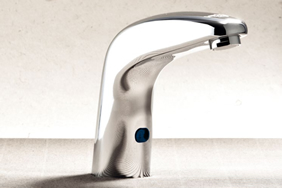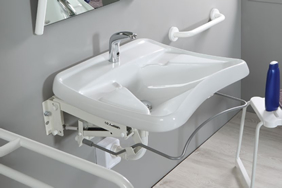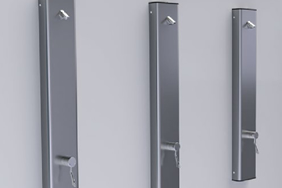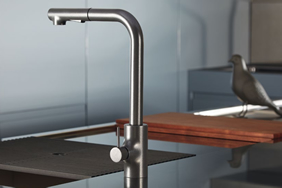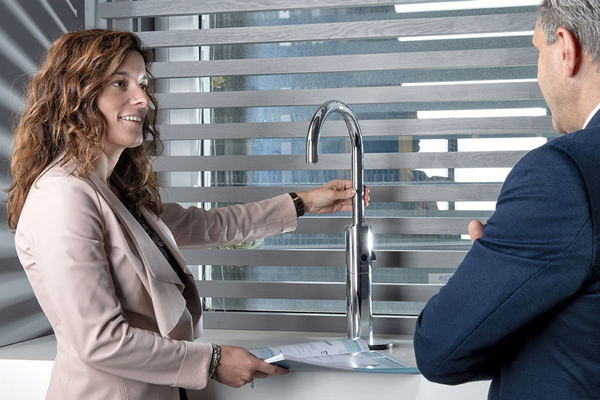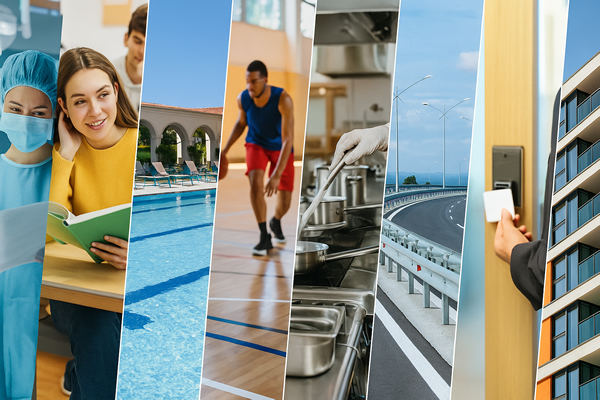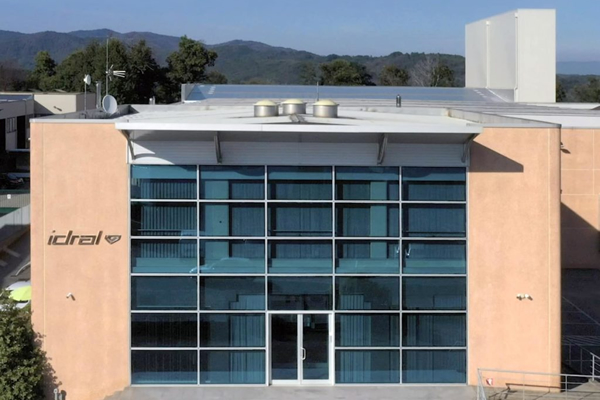
A guide for hospitals, old people's homes, communities, schools and universities, hotels, businesses, public institutions and closed buildings in general
One of the consequences of the corona virus was that many businesses and public institutions, such as kindergartens, schools, universities, hotels, dormitories, holiday homes, old people's homes and other commercial and private buildings were closed or slowed down. This causes, as a side effect, that the frequency of use of the plumbing systems in these spaces is less intense and that water can stagnate in the pipes if there are no specific flushing systems or automatic opening of the water flow. This can lead to the proliferation of micro-organisms that are highly harmful to health, among them legionella in particular. This bacterium develops in stagnant water between 20°C-45°C. When we inhale hot water vapours containing the pathogen, it enters our bodies and can cause aggressive, often fatal pneumonia with high fever and symptoms similar to those of influenza or coronavirus. Legionella infection can aggravate the course of a parallel or subsequent coronavirus infection, as it causes considerable damage to the lungs and a dangerous weakening of the entire organism. Elderly, immunocompromised or immunosuppressed persons are particularly at risk of legionella infection, i.e. the same risk groups as covid19!
Preventive Measures
Preventive measures are therefore necessary to avoid the risk of dangerous outbreaks of legionnaires' disease after and during the 'lock-down', which is also considered high by medical associations at an international level. The first and most important preventive measure is that the drinking water must be and remain 'fresh'. All drinking water points must be used regularly so that water does not stagnate in the pipes. To this end, a regular, preferably daily, exchange of water is essential. To define preventive measures, a distinction must therefore be made between two scenarios: buildings with automatic flushing devices for the drinking water system and those without automatic devices.
Buildings with automatic flushing devices
These are equipped with systems that automatically circulate water even when the system is not in use. An example of these automatic solutions are our battery-operated or 220V mains-operated electronic taps, which deliver a volume of water every 24 hours after the last use to ensure the 'freshness' of the water! The ideal solution, after periods of plant shutdown and especially for the new post-Covid19 normality, is the use of taps with photocells and automatic flushing, which prevent water stagnation and the development of pathogens. In the case of buildings with these automated systems, we simply recommend reprogramming the electronic taps to increase the frequency and duration of flushing after lockdown. Our taps with sensors 54512 and 54510, for example, are easily programmable by remote control.

Installations without automatic flushing devices
In the case of installations that do not have these automatic devices, the flushing must be simulated manually during the lockdown period and especially before the buildings are opened to the public, requiring a major maintenance and control effort. In fact, flushing plans must be in place to ensure the regular use of all taps and other shut-off points (showers, toilets, etc.) in the building or flat. The drinking water system must be purged for flushing, disinfection and commissioning. For this purpose, the shut-off points must be completely opened, starting from the point furthest from the water outlet. Flushing is carried out in sections, starting from the main valve to the furthest point of extraction. After the flushing time, the duration of which depends on the size of the system, the draw-off points are closed one after the other starting from the last open flush point. After re-commissioning, the operator must ensure that water is regularly drawn from all draw-off points and that no water stagnation occurs. We also recommend that all withdrawal points in a building are flushed on the same day. A high rate of simultaneous withdrawal favours the flow and exchange of water in existing pipes and tanks. The mixers must be fully purged on both the cold and hot water side. If this manual simulated operation takes place over an extended period of time, the drinking water heating system must be shut down to avoid wasting energy, but the circulation pump should continue to run. If the hot water heating system has been shut down before lockdown, the entire hot water and circulation system must be switched on and then purged. The heated water must first be drained through sufficient withdrawals from the pipes and, if applicable, from the drinking water tank, then the hot water system must be flushed in the same way as the cold water system.
by Ing. Juergen Schweitzer
Industrial Director





